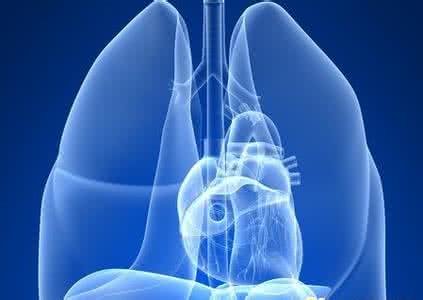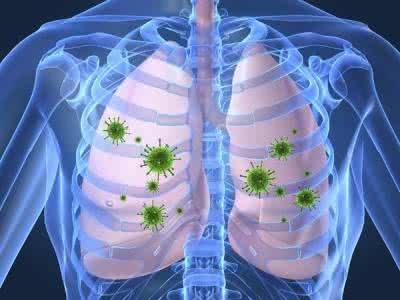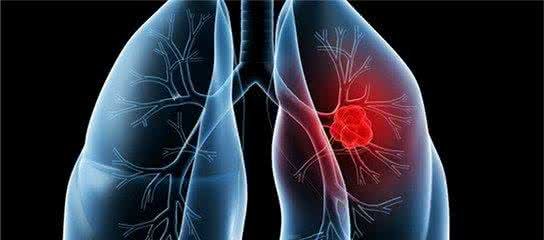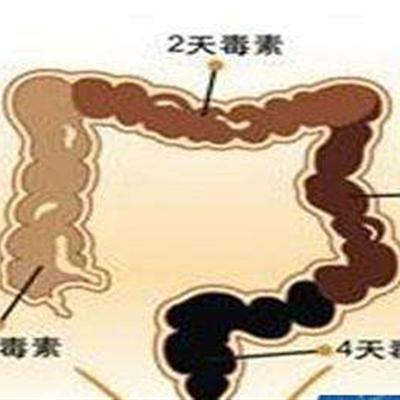Symptoms of chemical pneumonia?
summary
Chemical pneumonia, also known as bronchial and lung diseases caused by irritating gas, refers to the inhalation of chemical irritating gas like particles or gas, these substances act on the upper and lower respiratory tract mucosa and even alveoli, resulting in a series of clinical manifestations, and even lead to respiratory failure in severe cases. Symptoms of chemical pneumonia? Let's talk about it
Symptoms of chemical pneumonia?
Mild symptoms are mainly manifested as upper respiratory tract irritation or bronchitis, such as hoarseness, cough, expectoration, blood in sputum, shortness of breath and chest tightness. Some patients may have airway hyperresponsiveness similar to asthma, and there is no special X-ray manifestation at this time. Repeated or long-term inhalation of low concentration irritant gas can cause chronic bronchitis, chronic asthmatic bronchitis or pulmonary interstitial fibrosis. The X-ray showed similar changes. If the gas is inhaled into the small airway, it can lead to bronchitis obliterans, but this disease is rare.

In the early stage, only chest disease, cough and other mucosal and respiratory tract irritation symptoms appeared. After a few days or weeks of remission, frequent cough, progressive dyspnea, purpura, hypoxemia and other manifestations suddenly appeared. Chest X-ray can show nodular or acinar shadows in different degrees.

Some patients inhale irritant concentration is not too high, and the chemical reaction is not very strong, may be chemical pulmonary edema stage performance is not obvious, at this time after gas inhalation, early respiratory symptoms are often not obvious, but due to the continuous role of pathogenic substances and gradually develop into chemical pulmonary fibrosis. After 1-2 weeks, the symptoms of chest tightness, shortness of breath and respiratory distress gradually increased. At this time, the arterial blood gas may gradually decrease the partial pressure of blood oxygen, and the X-ray may have typical diffuse fibrous, cord like and grid changes.

matters needing attention
Always wear personal protective equipment! Masks can be worn when handling toxic chemicals. Ensure to operate in fume hood to reduce the risk of chemical exposure. If you need to deal with indoor chemicals, be sure to read and follow the instructions carefully and deal with them in a well ventilated area.













